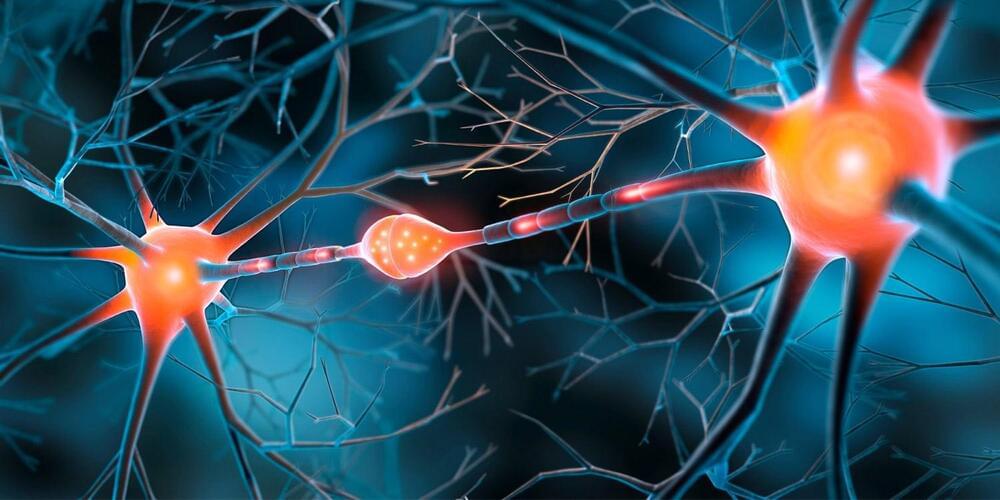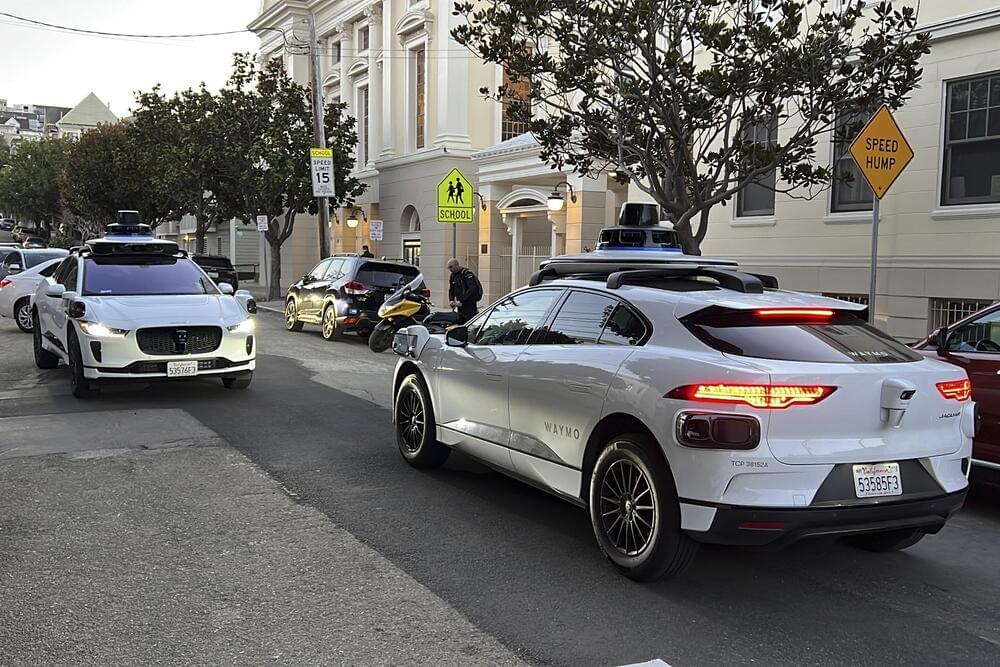Male and female mice use different brain circuits to process threats, revealing sex-specific neural pathways despite similar behaviors. These findings suggest the need for sex-inclusive neuroscience research to improve understanding and treatments.
Satellite Data Reveals How Environment Shapes Kids’ Brain Health https://neurosciencenews.com/environment-brain-development-28026/
Adverse childhood experiences can lead to adult symptoms of anxiety and depression, mediated by life history strategies, according to a study published in Biodemography & Social Biology.
Existing research underscores the psychological impact of early-life adversity, with theories across cognitive, behavioral, and evolutionary psychology exploring these long-term effects. The life history theory, specifically, offers insight by framing adverse childhood experiences (ACEs) in terms of fast or slow life strategies, each with distinct reproductive and developmental adaptations suited to one’s environment.
Life history theory posits that individuals exposed to unstable or hostile environments in childhood often adopt a “fast” life strategy, focusing on early reproduction and risk-taking. In contrast, those in stable conditions tend to adopt “slow” strategies, emphasizing long-term planning and higher parental investment.
YouTube videos on autism primarily provide educational content with balanced perspectives, reducing stigmatization, though viewer comments often remain negative. This highlights YouTube’s dual role in improving understanding while revealing persistent public misconceptions.
Substance use disorders are a group of conditions involving the recurrent use of substances, like drugs or alcohol, despite harmful consequences to physical, mental, or social health. These disorders are characterized by an inability to control usage, intense cravings, and continued use despite negative impacts on relationships, work, or health.
While it is well-known that substance use disorders have negative consequences for the individual, research has recently begun to focus on the effects of these disorders on others, known as the “harm to others” framework. A key area of these studies is the impact on children growing up with parents affected by substance use disorders. These children have been found to have lower academic achievement than their peers whose parents do not have such disorders, as well as an increased risk of various mental health and developmental issues.
Study author Hélio Manhica and his colleagues aimed to explore the mental health risks for children of parents with substance use disorders in greater detail. They also sought to determine whether these risks differ between males and females and if certain periods in childhood or adolescence are particularly critical in relation to exposure to parental substance use disorder (i.e., periods that influence the overall risk of developing psychiatric disorders).
A recent study published in Communications Psychology reveals that individuals with higher psychopathic traits show reduced sensitivity to pain, which affects their ability to learn from painful consequences. The researchers found that people with elevated psychopathic traits tend to revert quickly to initial beliefs after experiencing pain. This new insight could help us understand why individuals with these traits often struggle to adapt their behavior despite negative consequences.
People with psychopathic traits frequently ignore the negative consequences of their actions, likely due to differences in how they process punishment. Past studies have indicated that psychopathy is associated with both an insensitivity to punishment and an excessive drive toward reward, but this study aimed to explore the computational learning processes specifically related to pain. Pain can serve as a powerful teaching signal, so understanding how reduced pain sensitivity influences learning in people with psychopathic traits could shed light on the mechanisms behind their often harmful decision-making.
“One of the hallmarks of psychopathy is aggressive, exploitative behavior with little regard for the wellbeing of others,” said study author Dimana Atanassova, a postdoctoral researcher at the Donders Institute for Brain, Cognition and Behaviour at Radboud University.
A groundbreaking study using PET scans has revealed that autistic individuals have fewer brain synapses, directly correlating with more pronounced autism traits like social and communication challenges.
This discovery, illustrating clear links between brain structure and behavioral expressions, could revolutionize diagnostic approaches and enhance support mechanisms, potentially leading to more targeted interventions and improved quality of life for those on the autism spectrum.
Synaptic Research in Autism.
Summary: Researchers found that exercise promotes neuron growth through both biochemical signals (myokines) and physical stretching. Muscle cells, when contracted, release myokines that boost neuron growth and maturity. Furthermore, neurons that were “exercised” through mechanical movement grew just as much as those exposed to myokines.
These findings reveal the dual role of exercise in stimulating nerves, offering hope for developing therapies targeting nerve repair and neurodegenerative diseases. This research opens new avenues in treating nerve damage through “exercise as medicine.”
MIT CSAIL researchers have developed a generative AI system, LucidSim, to train robots in virtual environments for real-world navigation. Using ChatGPT and physics simulators, robots learn to traverse complex terrains. This method outperforms traditional training, suggesting a new direction for robotic training.
A team of roboticists and engineers at MIT CSAIL, Institute for AI and Fundamental Interactions, has developed a generative AI approach to teaching robots how to traverse terrain and move around objects in the real world.
The group has published a paper describing their work and possible uses for it on the arXiv preprint server. They also presented their ideas at the recent Conference on Robot Learning (CORL 2024), held in Munich Nov. 6–9.
Getting robots to navigate in the real world at some point involves teaching them to learn on the fly, or by training them with videos of similar robots in a real-world environment. While such training has proven to be effective in limited environments, it tends to fail when a robot encounters something novel. In this new effort, the team at MIT developed virtual training that better translates to the real world.
Waymo has expanded its robotaxi service to the general public in Los Angeles, allowing anyone with the Waymo One app to request a ride. This marks a significant step in autonomous vehicle technology, as Waymo continues to lead the industry with over 50,000 weekly passengers and a strong safety record.
Waymo on Tuesday opened its robotaxi service to anyone who wants a ride around Los Angeles, marking another milestone in the evolution of self-driving car technology since the company began as a secret project at Google 15 years ago.
The expansion comes eight months after Waymo began offering rides in Los Angeles to a limited group of passengers chosen from a waiting list that had ballooned to more than 300,000 people. Now, anyone with the Waymo One smartphone app will be able to request a ride around an 80-square-mile (129-square-kilometer) territory spanning the second largest U.S. city.
After Waymo received approval from California regulators to charge for rides 15 months ago, the company initially chose to launch its operations in San Francisco before offering a limited service in Los Angeles.
Researchers at Penn Engineering have developed PanoRadar, a system that uses radio waves and AI to provide robots with detailed 3D environmental views, even in challenging conditions like smoke and fog. This innovation offers a cost-effective alternative to LiDAR, enhancing robotic navigation and perception capabilities.
In the race to develop robust perception systems for robots, one persistent challenge has been operating in bad weather and harsh conditions. For example, traditional, light-based vision sensors such as cameras or LiDAR (Light Detection And Ranging) fail in heavy smoke and fog.
However, nature has shown that vision doesn’t have to be constrained by light’s limitations—many organisms have evolved ways to perceive their environment without relying on light. Bats navigate using the echoes of sound waves, while sharks hunt by sensing electrical fields from their prey’s movements.
Radio waves, whose wavelengths are orders of magnitude longer than light waves, can better penetrate smoke and fog, and can even see through certain materials—all capabilities beyond human vision. Yet robots have traditionally relied on a limited toolbox: They either use cameras and LiDAR, which provide detailed images but fail in challenging conditions, or traditional radar, which can see through walls and other occlusions but produces crude, low-resolution images.









